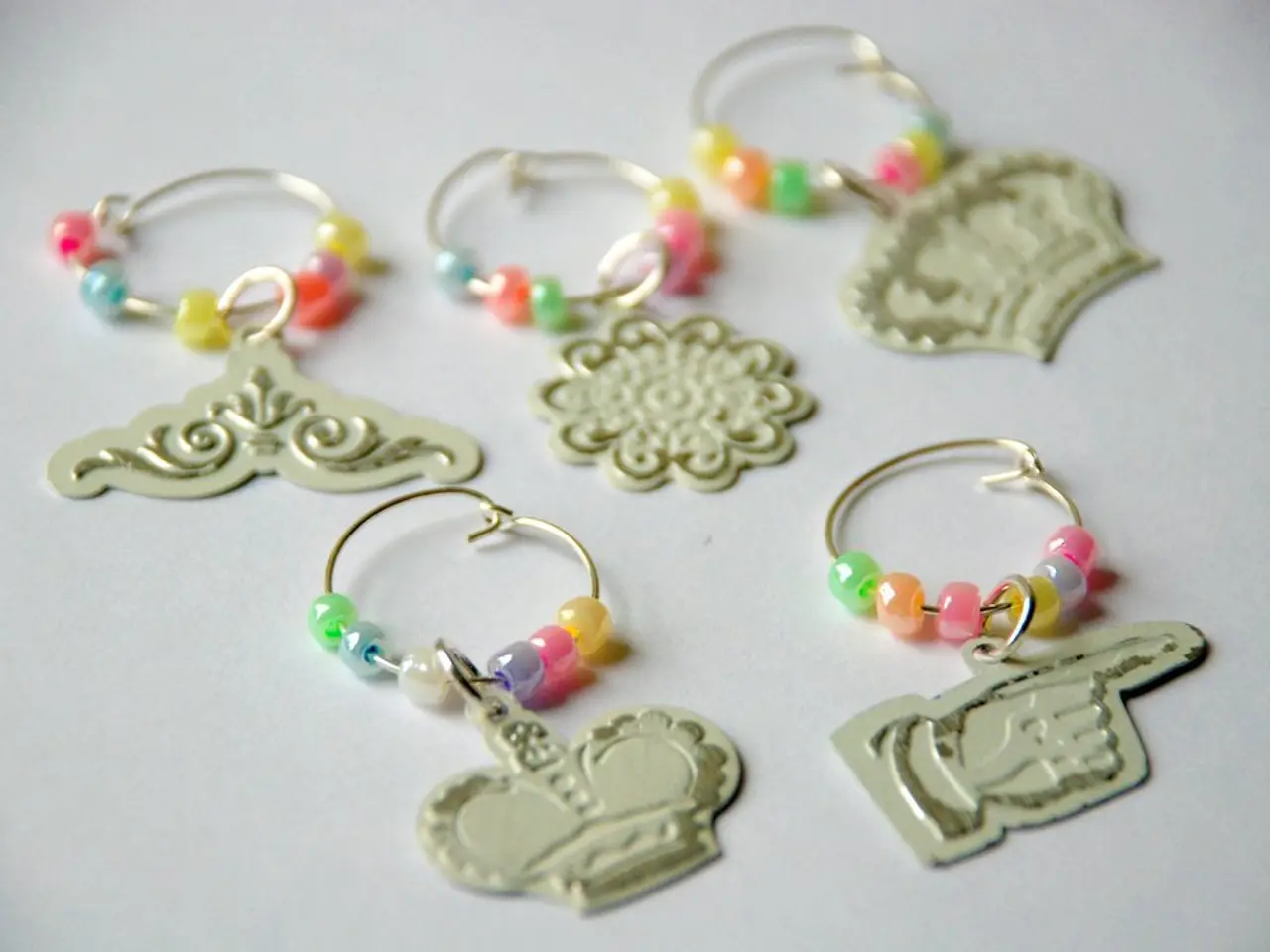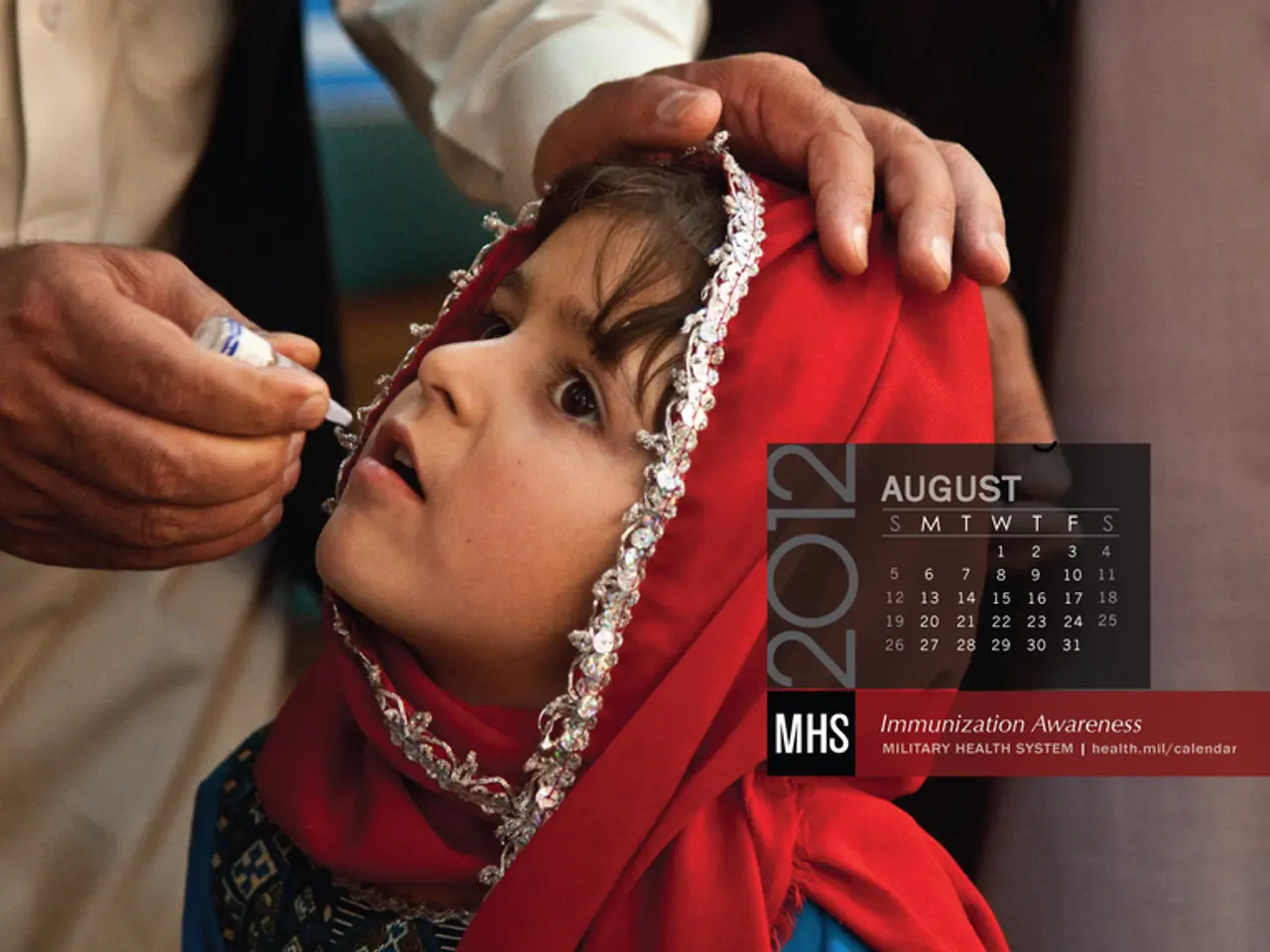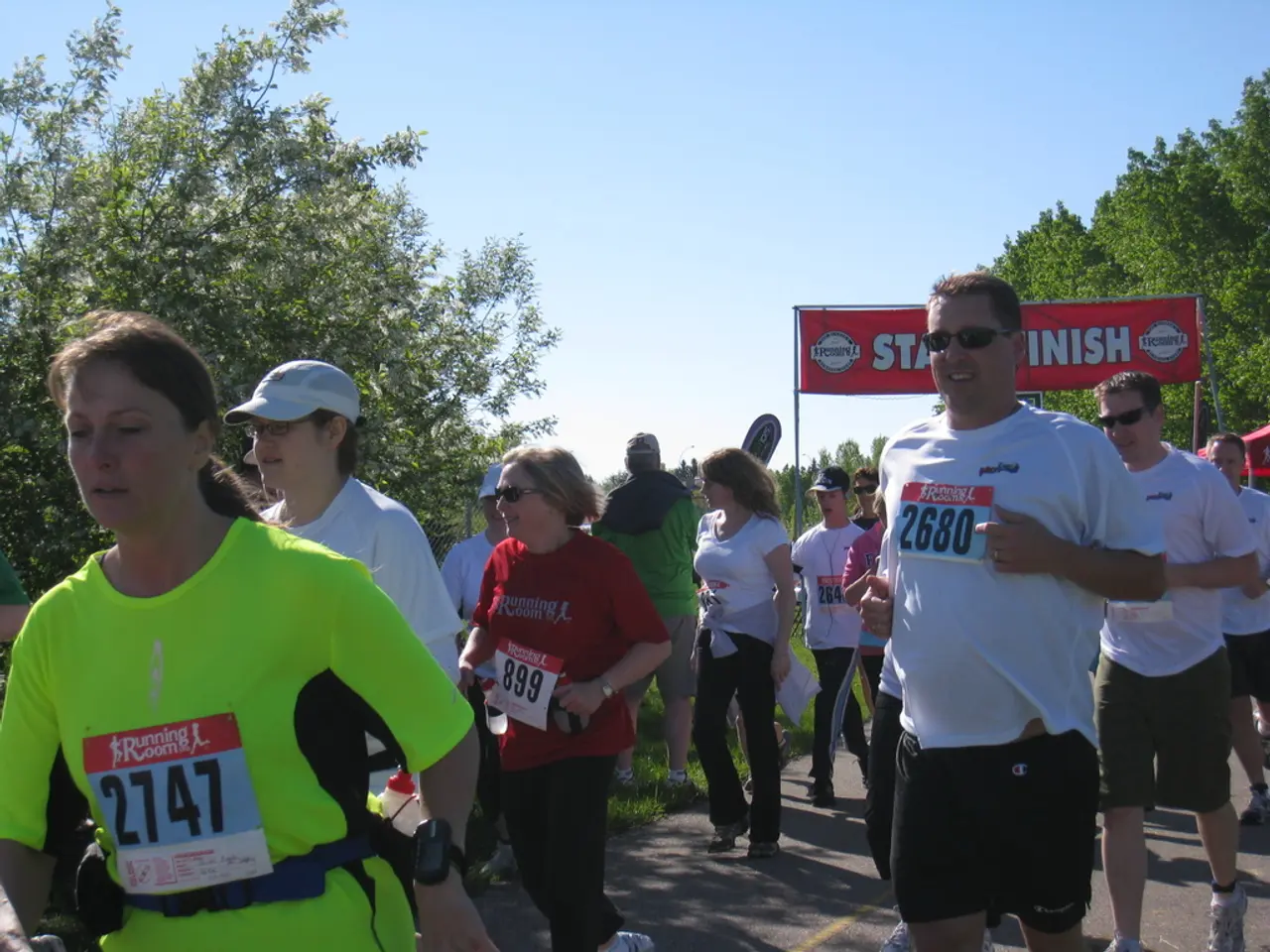Earlobe Pimples: Exploring Causes, Solutions, and Protective Measures
In the realm of skin care, acne isn't just a problem confined to the face. Pimples on the earlobe can be just as bothersome, and understanding their causes and effective treatments is crucial.
Pimples on the earlobe can be attributed to several factors. Over-the-counter creams, gels, and lotions containing benzoyl peroxide, resorcinol, salicylic acid, and sulfur can help reduce mild outbreaks. However, additional contributors include the use of pore-clogging hair, skin, or makeup products, poor hygiene habits, friction from earrings, earphones, hats, or glasses, ingrown hairs, hormonal fluctuations, systemic inflammation influenced by stress or diet, ear piercing, and keloid formation [1][2][3][4].
To effectively treat and prevent pimples on the earlobe, maintaining good hygiene is paramount. Gently wash the area to remove excess oil, dirt, and bacteria without scrubbing harshly. Avoid pore-clogging products near the ear, and use topical antimicrobial or anti-inflammatory agents such as tea tree oil or vitamin C formulations to reduce bacteria and soothe inflammation. It is also advisable to avoid picking or popping pimples, as this can worsen inflammation and risk scarring or keloid formation. For persistent or painful pimples, consulting a dermatologist for proper treatment including medicated creams or antibiotics may be necessary [1][2].
If keloids develop, medical interventions like steroid injections or surgery may be advised by specialists. Managing stress and diet by reducing sugar intake and inflammatory foods can help control systemic factors contributing to acne.
In summary, earlobe pimples arise from similar causes as facial acne but can be aggravated by localized factors like friction, hygiene, and piercing. Effective care involves gentle cleansing, avoiding irritants, topical treatments, and professional advice for complicated cases.
References: [1] American Academy of Dermatology. (n.d.). Acne on the Ear. Retrieved from https://www.aad.org/public/diseases/acne-and-rosacea/treatment/other-areas/ear [2] Mayo Clinic. (2020, July 28). Acne on the earlobe: Causes, symptoms, and treatment. Retrieved from https://www.mayoclinic.org/diseases-conditions/acne/in-depth/earlobe-acne/art-20048009 [3] WebMD. (2021, January 16). Acne on the Ear: Causes, Symptoms, and Treatments. Retrieved from https://www.webmd.com/skin-problems-and-treatments/acne/earlobe-acne [4] Healthline. (2019, July 15). Acne on the Ear: Causes, Symptoms, and Treatments. Retrieved from https://www.healthline.com/health/acne-on-the-ear
- Despite its uncommon location, GLP (acne on the earlobe) can be related to various factors, some of which include the use of pore-clogging products and poor hygiene habits.
- A dermatologist might suggest over-the-counter treatments containing benzoyl peroxide, resorcinol, salicylic acid, or sulfur for managing mild GLP outbreaks.
- Spondylitis, diabetes, or inflammatory diseases like psoriatic arthritis, Crohn's disease, or ulcerative colitis can trigger systemic inflammation that affects the skin, potentially leading to GLP.
- In the realm of medical-conditions, GLP may also stem from degenerative diseases like alzheimers, hepatitis, or macular degeneration, though this is less common.
- SKincare products that are gentle on the skin can help prevent GLP by promoting a healthy barrier function against external irritants, keeping the earlobe clean and nourished.
- A Predictive approach to skin health and wellness might reveal connections between GLP and stress, diet, or sleep patterns, as these factors can influence the body's overall inflammatory response.
- CBD, known for its anti-inflammatory properties, may be an effective topical solution for reducing the redness and swelling associated with GLP.
- With regards to TH (type of depression potentially linked to GLP), it's important to remember that while stress might exacerbate skin issues, mental health treatment is crucial in managing depressive symptoms.
- AQ (allergenic contact dermatitis) from makeup, hair products, or jewelry could potentially contribute to GLP, making adherence to H&W (health and wellness) practices key in preventing further complications.
- Medical interventions like AS (steroid injections) or surgery might be necessary if keloids form as a result of healing from GLP.
- Ankylosing Spondylitis, a type of arthritis, may be associated with psoriatic conditions, which can lead to skin abnormalities like GLP.
- SK (skin care) tips for managing GLP could include using SC (skin-care) products containing tea tree oil or vitamin C, which have antimicrobial and anti-inflammatory properties.
- Understanding the causes and treatments for GLP is crucial for maintaining good overall health and preventing further skin-related issues in the future.




